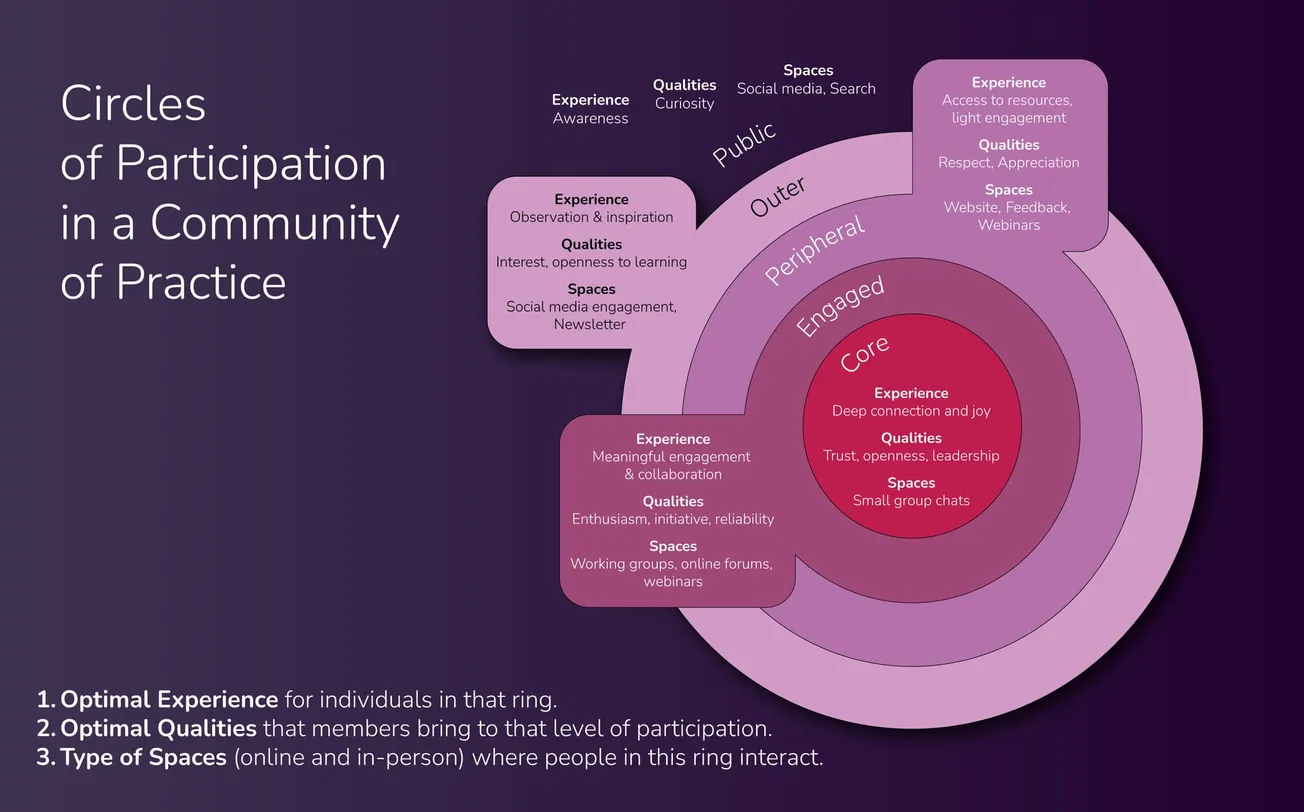Table of Contents
Climate change is no longer a distant threat—it is an immediate reality. Despite the implementation of technologies and policies aimed at reducing greenhouse gas (GHG) emissions, its impacts are already apparent. In Canada alone, unprecedented wildfires, rising temperatures, and rapidly melting Arctic sea ice are stark reminders of the challenges ahead. These changes are not confined to the environment; they are reshaping how we live, work, and sustain our communities.
Adapting to this changing climate is no longer optional—it is imperative. Fortunately, this necessity also brings opportunities to explore innovative solutions that can protect communities, strengthen economies, and enhance resilience. Among these solutions, artificial intelligence (AI) stands out as a transformative tool poised to address the complexities of climate adaptation.
The Climate Reality Check
The challenges posed by climate change are both severe and escalating. For instance, in 2017, British Columbia experienced its most destructive wildfire season on record, with nearly 900,000 hectares of forest consumed. Just a year earlier, the Fort McMurray fire devastated communities, destroying thousands of homes and forcing the evacuation of 90,000 residents (CBC). These events are not merely statistics; they represent the lived experiences of Canadians grappling with a rapidly shifting climate.
The economic consequences are equally sobering. According to a report by the Canadian Climate Institute, climate-related disasters are expected to cost billions of dollars. Households will bear the brunt of these expenses, facing higher taxes, slowed economic growth, job losses, and rising prices for essential goods and services.
However, there is hope. Proactive investments in climate adaptation have demonstrated the potential to significantly reduce these impacts, yielding high returns—not only in monetary savings but also in protecting lives and livelihoods.
What Adaptation Looks Like
Adaptation is not solely about weathering the next disaster; it is about building a future that is resilient and sustainable. Canada’s first National Adaptation Strategy, launched in 2023, represents a critical step forward. This strategy outlines comprehensive goals, including reducing disaster risks, enhancing public health, protecting biodiversity, and fortifying infrastructure.
Moreover, adaptation efforts extend beyond governmental initiatives. Local communities are playing an essential role in driving meaningful change. For example, since 2016, the city of Penticton, British Columbia, has been at the forefront of wildfire preparedness, streamlining communication and training across agencies (Canada in a Changing Climate). This grassroots approach underscores the vital role of localized initiatives in addressing climate challenges.
The AI Edge in Climate Adaptation
Artificial intelligence is emerging as a vital tool in the fight against climate change. Whether through predicting disasters, analyzing risks, or engaging the public, AI has the capacity to revolutionize climate adaptation efforts. Its ability to process vast amounts of data and adapt to changing conditions makes it particularly suited to navigating the uncertainties of a changing climate (IBM).
One promising application of AI lies in public engagement. AI-powered tools, such as chat bots and natural language processors, can simplify complex adaptation strategies, making them more accessible to diverse audiences. For instance, researchers from Rutgers University recently developed an AI assistant using ChatGPT-4 to enhance flood risk management. This tool has democratized access to critical information, benefiting both decision-makers and the public.
Such advancements highlight the importance of equitable access to information. Climate adaptation is not merely a policy issue—it is a societal one. AI has the potential to bridge gaps in knowledge and empower communities to take meaningful action.
A Note on Challenges
While AI offers significant opportunities, it is not without challenges. One notable concern is its environmental footprint. Training and deploying large AI models consume substantial energy, contributing to their carbon emissions. Additionally, the data storage, processing, and hardware required for AI systems rely heavily on mined minerals and energy-intensive processes. Integrating sustainability principles into AI development and adhering to ethical guidelines can help mitigate these impacts (MIT Sloan Management Review).
Another critical issue is bias. AI systems are inherently influenced by the data on which they are trained, and biased datasets can perpetuate inequities. This poses particular risks for vulnerable communities, which are often disproportionately affected by climate change. Ensuring transparency and rigorous ethical oversight in AI development is therefore essential to prevent unintended harm (Harvard Gazette).
Why It Matters
Humanity stands at a pivotal crossroads. While climate change is reshaping the world in profound ways, we also possess tools like AI to mitigate its effects, adapt to new realities, and secure a sustainable future. Though challenges remain, the opportunities presented by AI are immense and must not be overlooked.
Imagine a future where communities are better prepared for disasters, where adaptation strategies are tailored to local needs, and where public engagement is seamless and effective. This vision is within reach, and AI can play a central role in achieving it.
The pressing question is not whether we can adapt to climate change, but whether we will seize the tools at our disposal to do so. The answer must be a resounding yes.





